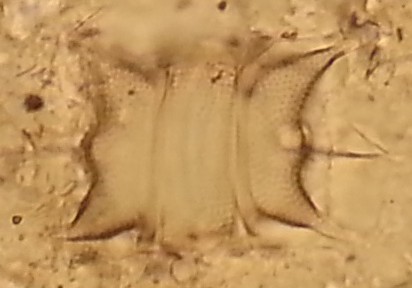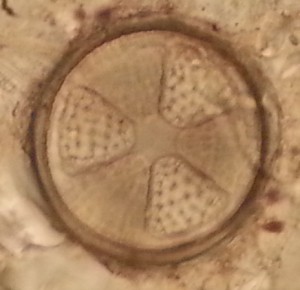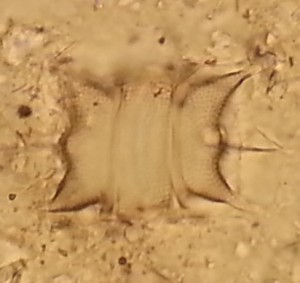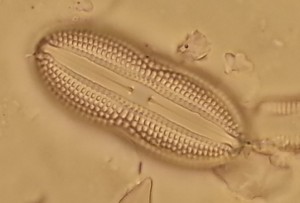
Naming ‘whatchamacallits’ and other ‘thingybobs’
Names are funny things. In primary school there were two ‘Thomas Smiths’ – Thomas One and Thomas Two. It seemed normal at the time, but looking back Tom Two had a raw deal – always reminded that he wasn’t number one, an imposter, and outsider – just because he joined in year three as opposed to Infants. The point I’m trying to make (aside from assigning people numbers for their name is mean), is that names can be confusing. ‘Thomas Smith’ wasn’t enough to distinguish them in the classroom. (Names have been altered to protect the identity of Tom Two. Tom One doesn’t mind).
If we weren’t careful with our use of names in science, we would have a similar level of chaos and heartache. The Acacia debate is quite a contentious issue amongst certain groups of taxonomists for this reason. It has caused much trouble – the ‘losing’ side will have a tough time sorting it out. All because of names.
However, the use of common names when referring to plants and animals is by far a less complicated example. Names tend to vary geographically and also over time. They can often refer to the same organism, but also the same common name might refer to totally different organisms. How can you begin to make sense of all that life out there if names keep moving about? Imagine searching literature for all the different colloquial names for the same organism, never being sure that you know them all!
So what have scientists come up with?
If I was to ask “What is a book?” the simplest response would be to pick up a book, point to it and say “This”! That is exactly what I want to talk about next, because when using a scientific name this is essentially what you do. But there is a problem with the book scenario; it’s not clear what book you have picked up. Would any book suffice? Was it the nearest, prettiest, oldest, or most ‘book-like’ book you could find? You may have picked up a paper back, pamphlet or tome. They are all books for sure, and in casual every-day life this isn’t the end of the world, but in science we need to be more…“specific”.
So when a new species is described, specimen is nominated as a ‘Type’ (there are different types of Types which confuses the issue, but these all just describe how they were used in the original publication and how they relate to each other). A Type specimen is the definitive example of a given species – it was what the author was looking at when writing the description after all.
This process fixes a name permanently to a physical entity, giving it meaning and validity. So when I say “I think this is Diploneis colae” S.J.M.Droop, what I am metaphorically doing is holding up Droop’s Type specimen and saying “This”!…or providing you with a web link to the actual Type, like the one below!
http://rbg-web2.rbge.org.uk/algae/research/types/Diploneis_colae_typeic.html
This entire blog was designed to convey the sense of awe I felt when visiting the collections at Edinburgh in search of the type specimen of D. colae – I found out about the web link after I got there…typical! Not to say that it isn’t important to visit collections – I gained a lot from seeing it first-hand.
What struck me was that this name I was searching for only had value because of one cell in amongst a crowd of other cells, on one slide in amongst all the other slides, in all of the collections around the world, which are all filled with perfectly good slides, with perfectly good cells…Awe!
The cell I was looking for was roughly 8µm by 28µm (I know, good going on the specifics) so it took a bit of searching. But the reward when you finally see it… I was dizzy with the sense of order in the world, the scale of this order and where I fitted into it…or maybe I’d just been staring into the microscope for too long. Either way it felt great!
I found some incredible looking diatoms, proof that they really are environmental indicators
(maybe it was a toxic spill)
or just plain crazy
But this is my favourite. Diploneis didyma… I hope I’ve got my ID right!
That’s all for now!



